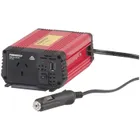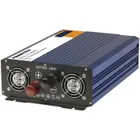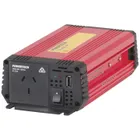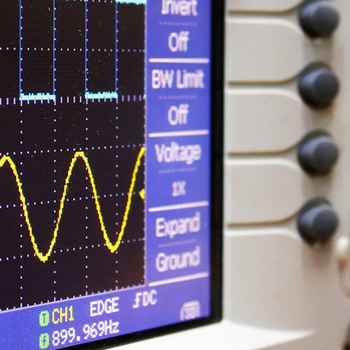.png?branch=uat_new)
Inverters: Your Ultimate Guide
Inverters are essential devices that convert direct current (DC) into alternating current (AC), enabling household appliances and electronics with a car, solar panel, or other DC power sources. Our expert guide explains everything you need to know about inverters.
What is an Inverter?
An inverter serves as a critical bridge, transforming DC (Direct Current) from batteries into AC (Alternating Current), enabling the operation of mains-powered devices in environments where only battery power is available. This transformation is convenient and necessary for utilising household appliances in mobile setups or areas lacking conventional power sources. By efficiently converting 12V DC to 240V AC, inverters make it feasible to use everything from small electronic devices to large appliances off-grid. Understanding the significance of inverters begins with recognising their role in bridging two fundamentally different types of electrical power. For those delving deeper into the vast array of inverter options, explore our diverse collection of inverters, tailored to satisfy every requirement.
What Does an Inverter Do?
At its core, an inverter’s job is to mimic the alternating current supplied by the electricity grid, enabling battery-stored energy to be used as if it were coming straight from a wall outlet. This process involves not just a simple conversion but a sophisticated emulation of AC power that appliances can utilise without compromise. Whether for recreational vehicles, boats, or renewable energy systems, inverters ensure that electricity is always at hand, even in the most remote locations. They provide a seamless transition from DC to AC power, allowing various devices to function efficiently. Discover how an inverter can revolutionise power usage by browsing our extensive range of power conversion solutions.
How Does an Inverter Work?
Inverters operate by rapidly switching the polarity of DC power, creating an alternating current that can be used by standard appliances and electronics. This action involves sophisticated electronics to produce either a modified sine wave or a pure sine wave, depending on the model. Modified sine wave inverters are suitable for basic applications, whereas pure sine wave inverters are necessary for more sensitive electronics. The technology behind inverters is fascinating and complex, involving components like MOSFETs and PWM (Pulse Width Modulation) to achieve the desired output.
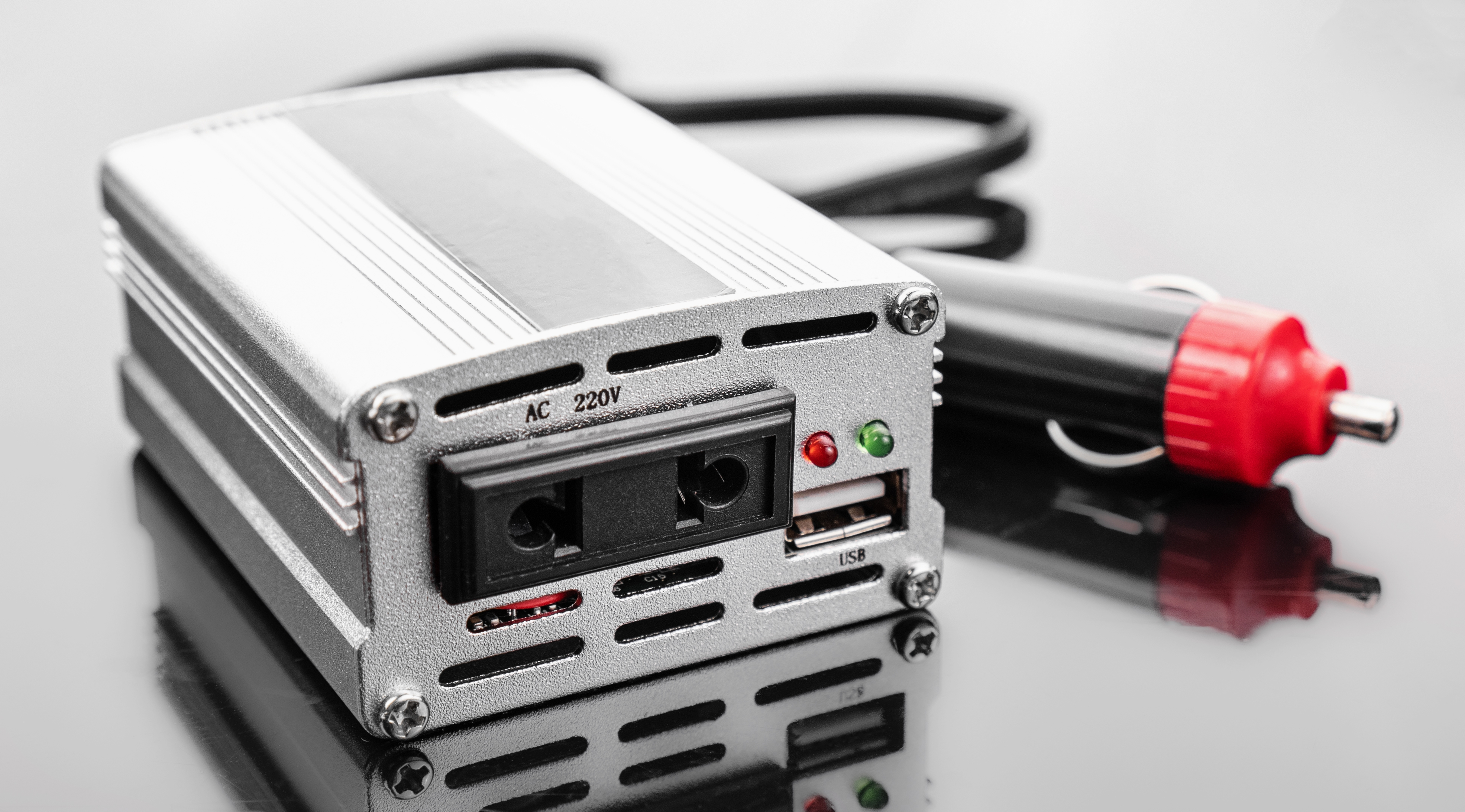
The Benefits of a Power Inverter
Inverters offer many benefits that transform how and where you can use your electrical devices. By enabling the operation of mains-powered equipment through DC power, they unlock unparalleled flexibility and convenience. Here’s a summary of the key benefits:
- Versatile Power Anywhere: This technology allows the use of standard household appliances in locations where only DC power is available, broadening the scope of electricity use to virtually anywhere.
- Enables Outdoor and Remote Activities: Powers a wide range of devices for outdoor adventures, remote work sites, and off-grid living, making it possible to bring the comforts of home to the great outdoors.
- Essential for Emergency Power Backup: Acts as a critical component in emergency preparedness kits, providing a reliable power source during outages or disasters.
- Supports Renewable Energy Utilisation: Facilitates the integration of renewable energy sources by converting solar or wind power into usable AC electricity, promoting sustainable living practices.
- Comfort and Convenience Off-Grid: This product enhances off-grid living experiences by powering essential and luxury appliances, ensuring a comfortable lifestyle away from traditional power grids.
Power Inverter FAQs
Read on to learn the answers to inverter frequently asked questions.
Inverters are indispensable in converting DC power from batteries to AC power, enabling the use of household appliances in vehicles, boats, and off-grid locations. They cater to a broad spectrum of applications, from recreational to critical backup power solutions. Beyond leisure, inverters play a crucial role in renewable energy systems, allowing solar or wind-generated power to be stored and used as needed. Their versatility makes them essential for anyone needing reliable power away from the grid.


